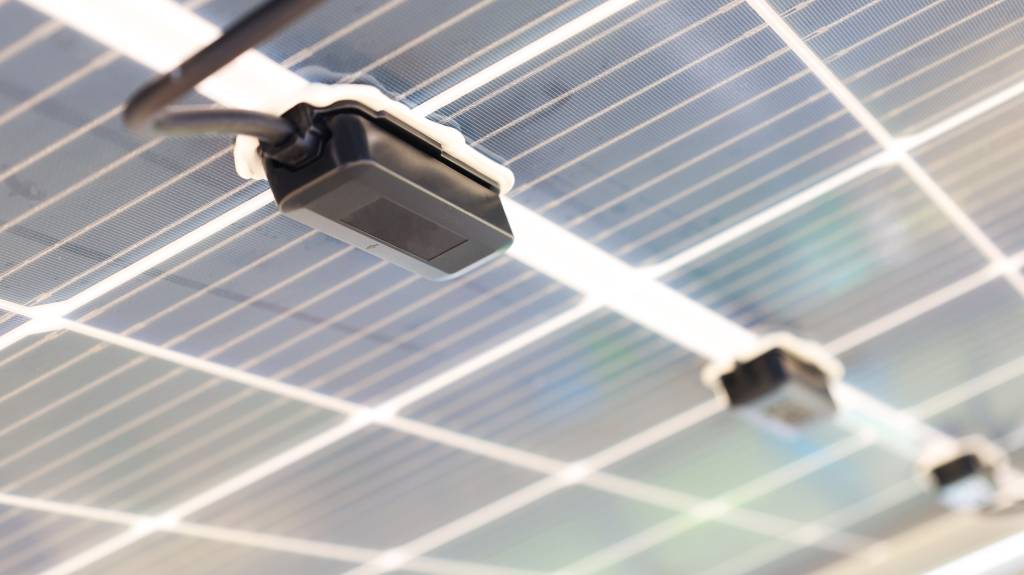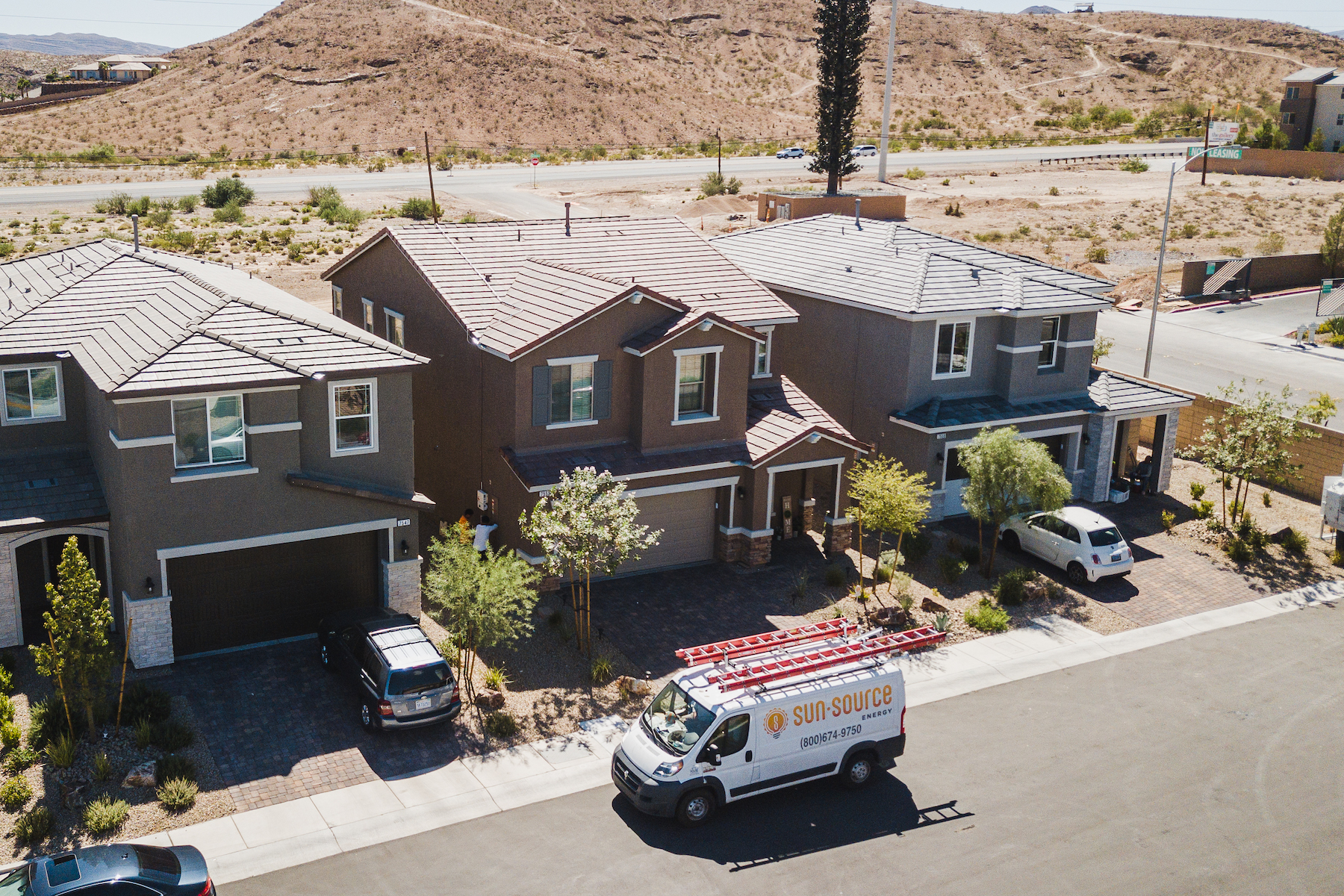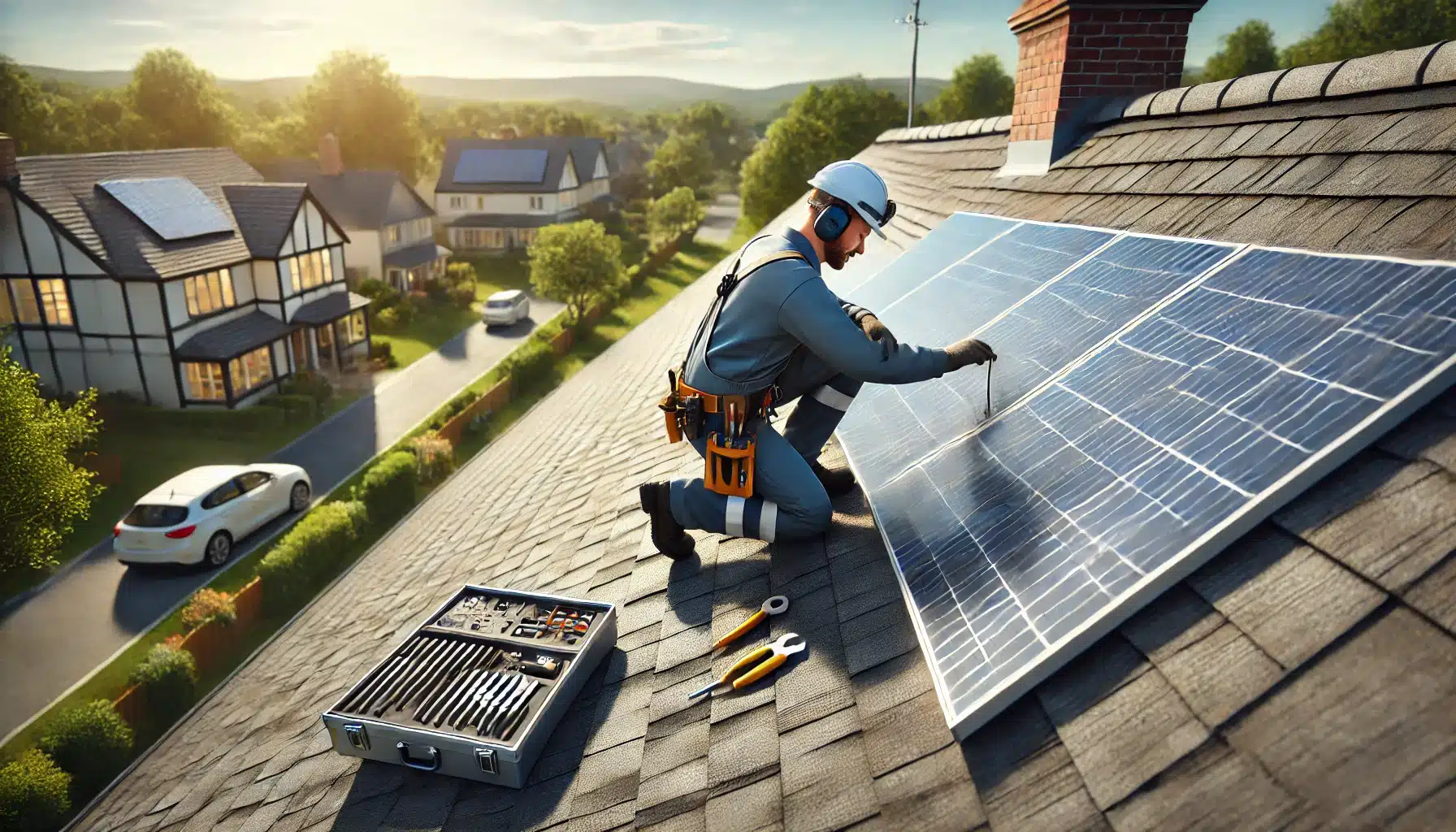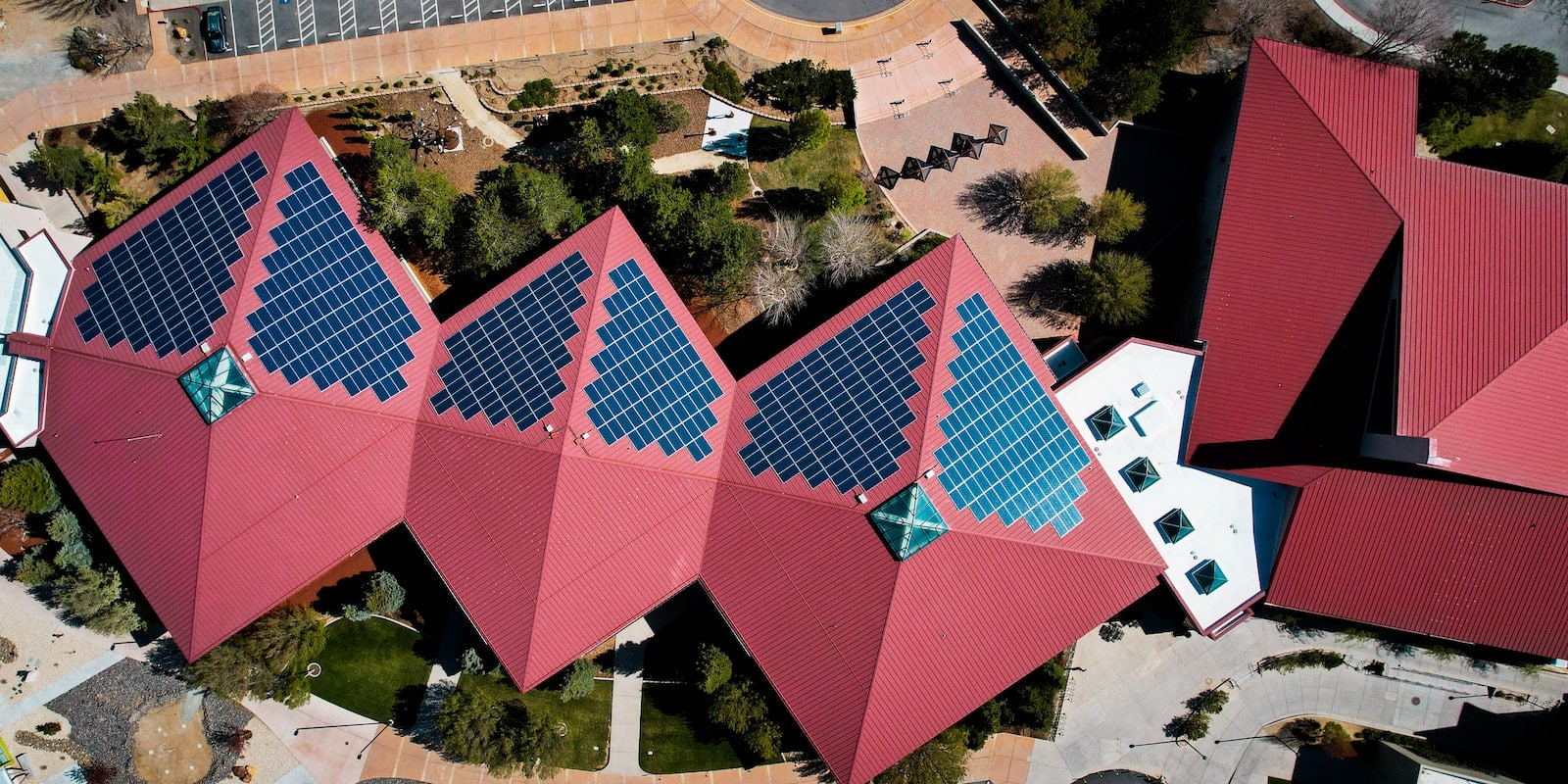There is much to consider when it comes to installing a solar energy system in your home. Fortunately, blogs like this can help you navigate some of your decisions. Overall, understanding the components of a solar energy system isn’t difficult. Most of these technologies are entering the mainstream for the first time, so they just have a learning curve.
For instance, you might have heard of a solar power inverter, which is a main component of any solar network. However, precisely what is a solar power inverter? Let’s break this question down a bit further and better understand what makes this such a crucial piece of technology.
Solar Inverter Definition
A solar inverter is a type of power inverter that converts the solar panel’s DC output into AC power. AC power (or alternating current) is the type of power that homes operate on. DC power (direct current), on the other hand, is the direct energy captured directly from the sun into the solar panel.
The solar panel inverter takes this accumulated DC power and converts it to AC power to be used throughout your home. If you do not currently have a solar system in your house, then you are pulling energy from a utility company. This energy is already AC power when it enters your home.
To be clear, a solar panel is not the same as a solar inverter. And yet, they are dependent on each other to provide energy for your home. While a solar panel captures the energy, the inverter makes this energy usable in your home.
A simple way to think about AC and DC power is to compare them to different radio frequencies. While they both bring content into your radio, you need to be dialed into a particular one. For instance, if you are tuned to a particular frequency, then you will not hear content from another. Similarly, since houses are wired for AC power, DC power will not be able to “play” on that frequency.
In this example, you can think of the solar inverter as the radio dial, shifting from one station to another. So, by shifting DC to AC, the inverter makes the solar energy production “playable” on your home’s frequency.
And this brings up an interesting point. Your home is different from others, and therefore, your solar system will be tailored to your energy needs. In the same way, your solar inverter will be tailored to those same energy needs.
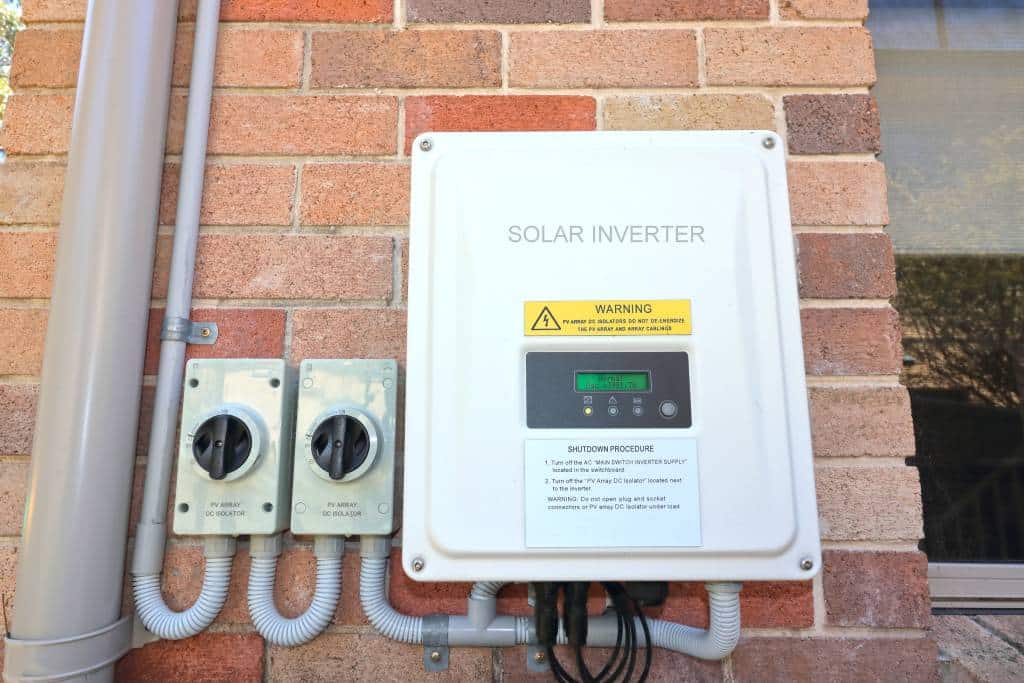
Different Types of Solar Inverters
Since everyone has different energy needs, different types of solar inverters make the energy production process more efficient. You should work with your local professionals to decide which type of inverter is right for you. But, in the meantime, here are the common types of solar inverters.
Central Inverter
A central inverter, also known as a string inverter, converts DC input from multiple solar panels at once. This is a common model if you are in need of bulk energy production. With a central inverter, all of the solar panels are wired into a single, and centrally located, inverter.
Microinverter
Unlike a central inverter, a microinverter is located directly on the solar panel itself. Therefore, if you have multiple solar panels on your roof, you will need multiple microinverters. This type of conversion from AC to DC happens directly at the panel before feeding the energy into your home.
Which Type of Solar Inverter Is Right for Me?
While there are other types of specialized solar panel inverters, these two are the most common. Depending on your situation, one might be more appropriate for your needs than the others.
However, it is worth noting that standard string inverters, or central inverters, are more common among homeowners. This is typically because the concept is a bit more straightforward. For one thing, string inverters tend to be more cost-effective overall.
Additionally, instead of many small inverters, you simply have one. If nothing else, this can be more beneficial for maintenance purposes down the road. But as the name implies, a string inverter relies on wires that “string together” the various solar panels. In this transference, it’s possible for some energy to be lost.
With microinverters, the inverter is right on the panel itself, so this maximizes the amount of energy output. However, they are more costly than central inverters, which makes some homeowners a bit more hesitant. This is especially the case if you are installing a solar system for the first time.
But, as mentioned, there are different options because different homes have different needs. To learn more about solar inverters, and what makes the most sense for your home, reach out to the professionals.
Learn more about solar inverters today.


